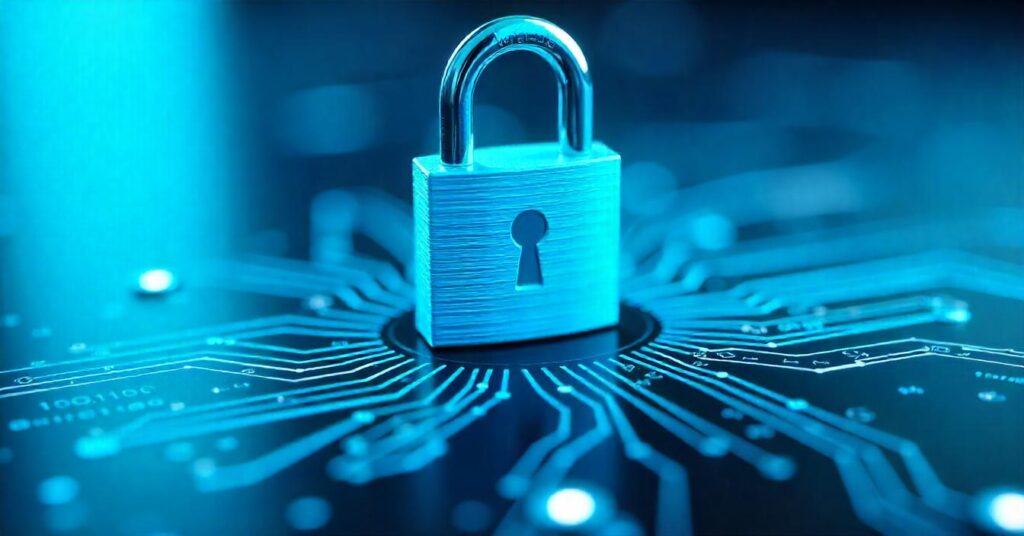
Learn the Signs of When It's Time for an Update
How confident are you that your cybersecurity compliance program keeps your business safe right now? You've checked the boxes, followed the rules, maybe even passed a recent compliance audit.
That should mean you're secure, right?
The thing is, security isn't a one-and-done task. The digital world moves fast, and so do the threats. What was considered compliant and secure last year has gaps today.
It's like using a map from the 90s to navigate a modern city. You have a general idea of where things are. Yet, you'll miss new roads, encounter unexpected detours, and likely hit dead ends.
Your cybersecurity compliance can quickly become that outdated map.
Staying current isn't just about avoiding fines and meeting regulatory requirements. It's about genuinely protecting your business.
If your compliance program uses old cyber standards, chances are you have hidden weak spots.
Common Problems of Outdated Compliance Programs
Many businesses fall into similar traps with outdated compliance. It often happens when they see compliance as just a checklist to keep "the government happy", rather than a continuous security improvement process.
One common concern is depending too much on quick compliance audit checks.
An audit confirms you met the rules at that time. It doesn't always show if those controls will stop an attacker tomorrow. It won't catch new issues that pop up after the audit. Also, automated or AI-driven audits regularly provide inaccurate results.
Another issue is complexity.
As businesses grow, they adopt new tech, like cloud or apps. Older compliance programs won't cover these, leaving parts of your company exposed.
Thinking that generic templates fit your specific business is also a mistake.
Compliance standards provide frameworks. But you must implement them in how you actually operate. A 'set it and forget it' approach leads directly to outdated compliance.
- Tip 1. Test your security controls' effectiveness, not just if they exist on paper.
- Tip 2. Make sure your compliance covers all the tech and digital services you currently use.
Why Security Regulations and Cyber Standards Keep Changing
The reason your compliance program needs regular attention is simple: the digital space is built on evolution.
As amazing as new technology is, it also helps attackers develop their approaches. They discover new flaws in software and hardware and change how they operate.
Regulatory bodies must update their methods to protect the public from these threat developments.
Think about phishing attacks. They've become incredibly sophisticated. Some hardly even look like scams anymore.
Defending against them requires constant training and updated technical safeguards. Your compliance must reflect this.
Regulators also update security regulations to address these new threats. Laws like GDPR, NIS2, and industry-specific standards like DORA are often updated.
What was enough for data protection a few years ago doesn't even register as the bare minimum today.
Keeping up with these changes is vital. Your cybersecurity compliance has to match the latest legal requirements and industry best practices to enjoy complete protection. Ignoring new cyber standards means you risk non-compliance and getting attacked.
- Tip 3. Subscribe to updates from regulators and relevant industry groups.
- Tip 4. Make sure your team is trained and up to date on the latest threats and cybersecurity regulations.
Modernising Your Cybersecurity Compliance
Updating and modernising your compliance means changing how you think about security. It moves from static rules to active protection.
Cybersecurity should be part of your daily business, not just something you do occasionally.
Start by looking at your current compliance steps and documents. Compare them to today's threats and the newest security regulations.
- Find where the gaps are.
- Does your plan handle ransomware?
- Is your data encryption still strong enough?
Next, focus on continuous improvement.
You don't need to rebuild everything. Focus on making your current controls stronger step by step. Use threat info to decide what to fix first. Test your security in ways that go deeper than basic checks.
Getting expert help is part of updating your compliance program. Building a strong, modern system needs specialist knowledge.
A trusted compliance advisor is familiar with the latest regulations and understands how attackers work. They can offer modern solutions that work for businesses like yours.
- Tip 5. See where your current security steps fall short compared to the latest rules.
- Tip 6. View compliance as an ongoing process, not a project with an endpoint.
How Pentesting Keeps Your Systems Current
One of the most effective ways to check that your cybersecurity compliance actually protects you is through penetration testing.
Pentesting looks for system vulnerabilities that automatic tools might miss. It does this by acting like a real attack.
For example, it can find problems in:
- How your systems are set up and integrated.
- Security regulation violations.
- Flaws that bypass controls you thought were compliant.
But more than identifying vulnerabilities, a penetration test also provides insights and actions. This helps you fix the most important things first. It also proves that your cyber standards actually secure your business.
This kind of rigorous, manual testing is vital for modern cybersecurity compliance and protection. Want to find out how your system holds up against the real world?

